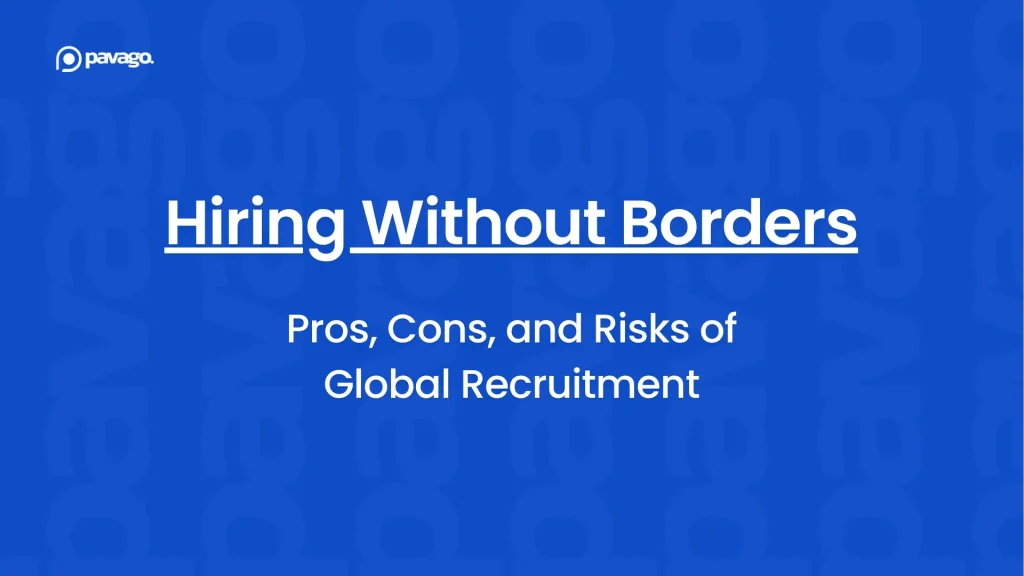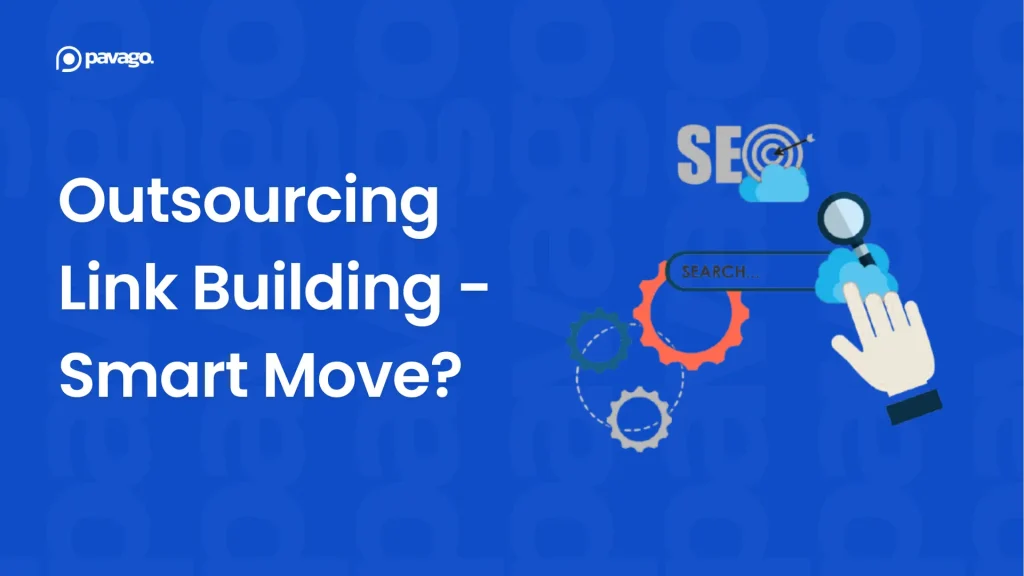If you’re still paying U.S. salaries for roles that can be done remotely, you’re already behind. Companies across the U.S., Canada, and Europe are now hiring equally skilled professionals from Latin America, often for less than half the cost.
The Latin American talent market is worth over $13.8 billion, and it’s growing fast. It’s no longer just a cost-saving tactic — it’s a strategic move. Businesses that tap into this market gain access to highly educated, English-speaking talent in U.S.-aligned time zones… while cutting payroll by up to 70%.
In this guide, we’ll break down:
- Cost Comparisons by role and location — see what you’re really paying for
- Talent Quality Benchmarks — education levels, skill sets, and language fluency
- Risk & Compliance Factors — how to hire in Latin America legally and avoid missteps
- A 30-Day Hiring Framework — step-by-step to deploy top talent fast
3-Year ROI Projections — what Latin American hiring can do to your bottom line

Why Smart Companies Are Hiring South of the Border
- Massive Cost Savings: Most companies save $40K–$90K per hire annually, without losing quality.
- Real-Time Collaboration: Shared time zones allow for full-day overlap with U.S. teams.
- Fluent, Educated Talent: Over 500,000 STEM grads annually, and 85%+ business-level English fluency in key markets.
- Cultural Alignment: Latin American professionals are known for a strong work ethic, proactive communication, and familiarity with U.S. business culture.
If you’re running a remote team — or want to — Latin America gives you the global talent advantage without the timezone or language tradeoffs you get elsewhere.
Role-by-Role Salary Breakdown
| Role | U.S. Avg | LatAm Avg | Annual Savings |
|---|---|---|---|
| Full Stack Developer | $135,000 | $75,000 | $60,000 |
| DevOps Engineer | $130,000 | $70,000 | $60,000 |
| QA Engineer | $100,000 | $55,000 | $45,000 |
| Digital Marketer | $125,000 | $60,000 | $65,000 |
| SDR | $50,000 | $25,000 | $25,000 |
| Executive Assistant | $72,000 | $35,000 | $37,000 |
| Project Manager | $100,000 | $60,000 | $40,000 |
| Bookkeeper | $60,000 | $35,000 | $25,000 |
Average savings across all roles: 55-65%. Multiply that by 2-3x roles, and you’re looking at a significant decrease in recruitment costs.
Talent Quality in Latin America: What You’re Getting
Don’t confuse “cheaper” with “less capable.”
Latin America is filled with professionals trained in global tech, finance, marketing, and ops — many with experience working with U.S. startups and enterprises.
You’ll find:
- Strong English proficiency (especially in Mexico, Colombia, and Argentina)
- High adoption of tools like Slack, HubSpot, Notion, Figma, and Jira
- Education levels on par with U.S. universities — 40% hold advanced degrees
- Clear, direct communication styles and strong collaboration skills
Challenges of Hiring in Latin America
Despite the many advantages, hiring in Latin America also presents its own set of challenges:
- Technological and logistical infrastructures are not uniform across Latin America. Some areas may lack reliable internet connections or power stability, which are critical for remote work and digital communications.
- While many remote employees in Argentina are proficient in English, significant variations in language proficiency can occur. This might lead to miscommunication in teams.
- With an increasing number of global companies turning to Latin America for hiring, the competition for securing top talent has become fierce. This competitive landscape can make it challenging to attract highly skilled professionals.
- Although some countries align well with North American time zones, others may pose challenges, especially for teams distributed across multiple continents.
These challenges are real, but they’re entirely manageable when you work with a reliable nearshore outsourcing partner like Pavago.
Why Hire in Latin America with Pavago
You don’t need to navigate the Latin American hiring market alone. We’ve already built the infrastructure.
- Pre-vetted talent pool across Latin America consisting of A-players only
- Transparent pricing: $500/year for unlimited placements + $329/month per hire
- 3-week average deployment time
Full compliance, payroll, onboarding, and support
Ready to cut salary costs by up to 70% without compromising quality?
Pavago’s Latin American hiring specialists can connect you with A-players from the region in just 3 weeks, handling compliance, payroll and onboarding.
Our 30-Day Hiring Framework
Here’s how we help companies hire in Latin America fast — without the legal or operational headaches.

The Bottom Line
If you’re paying U.S. salaries for remote-friendly roles, you’re burning cash. Latin America offers equivalent (often better) talent at significantly less cost — in your time zone, with your tools, and your expectations.
Schedule your consultation and see how much you could save — and how fast we can build your team.
















